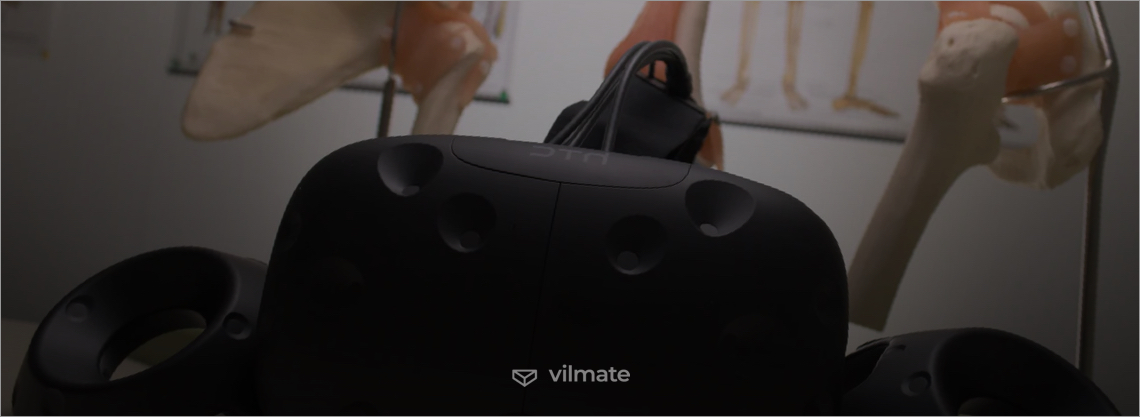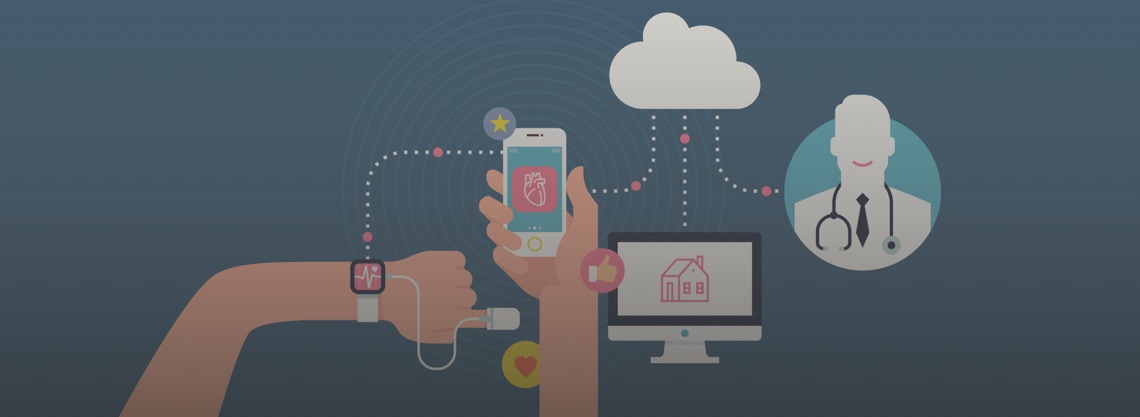Computer vision already now has a tremendous amount of real-world applications. Healthcare is one of the fields where this technology is becoming particularly relevant. The importance of computer vision technology in healthcare cannot be overstated. Its techniques have shown great application in many medical scenarios, such as medical imaging and surgical planning, and continue to gain more widespread use.
In this article, we are going to give an overview of some ways computer vision can be used in the healthcare industry and the advantages that people should expect from it.
What is computer vision in healthcare?
Computer vision is a relatively young AI technology that revolutionizes the way machines and humans partner. It focuses on training intelligent computer algorithms to understand and interpret visual data without being explicitly programmed in a particular program or language.
As long as we depend on our own senses exclusively, examining and diagnosing diseases and health issues are the doctors’ responsibility. The results depend on what their eyes, ears, and touch can detect. Perception is limited to how the human eye and mind interpret reality.
Alternatively, computer vision (CV) is what allows computers to see, analyze, and understand visual data. And the more considerable the amount of data, the better computer vision works. Researchers say image information accounts for about 90 percent of all healthcare input data. It opens up a multitude of opportunities to train computer vision algorithms to improve both patient care and the efficiency of the healthcare industry as a whole. In other words, automation of processes relying on image recognition can increase the quality of care while reducing the need for human input to complete tasks. This is an overarching priority as it will allow medical staff to focus on more complex problems. Much work has been done to extend human capabilities with visual analytics. But even more is to come.
Advantages of using computer vision in the healthcare industry
Computer vision can efficiently support any medical task that needs a trained eye to discern and classify a health problem. This AI-backed technology uses advanced algorithms to assist image processing and reads it in real time, identifying specific signs of illness. The proper use of computer vision in medicine will help reduce the time spent on unnecessary diagnostic procedures and provide the healthcare professional with the means to make more accurate diagnoses and order more effective treatments. To date, computer vision has advanced to the point where it can cover a broad range of tasks and help people perform quite a number of medical activities. In turn, these developments have brought about a variety of advantages that an ever-growing number of specialists can gain and enjoy.
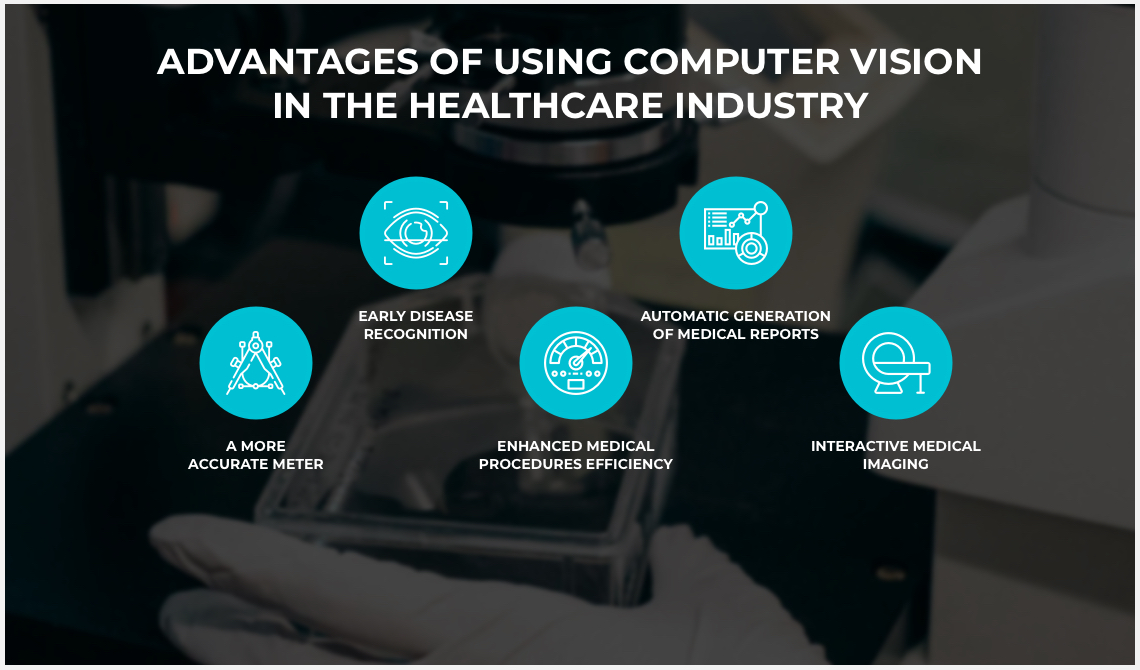
1. A more accurate meter. Computer vision in healthcare applications results in faster and more accurate diagnoses. And the more data the system receives for algorithm training, the higher the accuracy rates. For example, a study by the Santa Clara Valley Medical Center showed that a computer-based algorithmic system could predict blood loss during cesarean deliveries more accurately than other methods. This means neural network algorithms can be trained to recognize elements with greater precision than doctors do and identify patterns that may be otherwise missed by the human eye. Other instances of improved accuracy are being seen with X-rays, ultrasound, CT scans, and MRI.
2. Early disease recognition. There are a number of diseases that answer to medical treatment only in the early stages. Computer vision technology allows recognizing symptoms when they are not yet apparent and enables doctors to intervene early. This makes a huge difference in treating patients that would not otherwise get the help they need. By recognizing early-onset illnesses, doctors can prescribe drugs to help fight those diseases or even perform surgeries earlier and save lives. The aim here is to accelerate the speed of the diagnosis process through computer vision employment and make treatment more successful.
3. Enhanced medical procedures efficiency. Computer vision is known not only for diagnostic accuracy but also for being generally efficient for patients and healthcare professionals alike. In particular, computer-aided diagnoses minimize doctor and patient interaction. This reduction is especially of benefit in light of the physician shortage projections. The United States, for example, is expected to face a shortage of up to 121,900 physicians by 2032. In turn, the use of computer vision on digital images offers potential for rationalizing the team's workflow and the subsequent cost optimization. Advanced AI algorithms do the bulk of the heavy lifting, allowing the specialist to focus on relationship building, information elicitation, counseling, and management.
4. Automatic generation of medical reports. The progress in computer vision evolution has enabled extensive use of medical imaging data for more accurate diagnosis, treatment, and prediction of diseases. By using computer vision techniques, healthcare professionals can acquire enhanced medical information that is not only interpreted to establish a diagnosis and prescribe medication but can also be used for disease prediction and analysis report generation. Healthcare specialists can leverage the power of computer vision to automate the medical report generation. Feeding data from X-rays, ultrasound, CT scans, and MRI to computer vision algorithms, clinicians will be able to gain in-depth insight into an individual's physical condition, predict when a disease will develop, and when appropriate treatment will be needed.
5. Interactive medical imaging. Computer vision for medical imaging allows 3D visualization in an interactive and detailed way. Medical image analysis has been significantly benefitting from the application of deep learning techniques over the past years. These developments paved the way for computer vision to become more effective in healthcare image processing. Now, deep learning and computer vision can be used to perform a visual analysis of interactive 3D models to make more accurate medical diagnoses. 3D models are a more informative format than traditional 2D images. Thus, for example, 3D breast imaging driven by advanced computer vision systems proves more effective for cancer prevention in the early stages of disease progression.
Use cases of computer vision in healthcare
Intelligent computer vision algorithms are capable of learning to identify intricate patterns through training on previously diagnosed cases. Today, computer vision is deployed in a growing number of medical fields and continues making positive changes to healthcare.
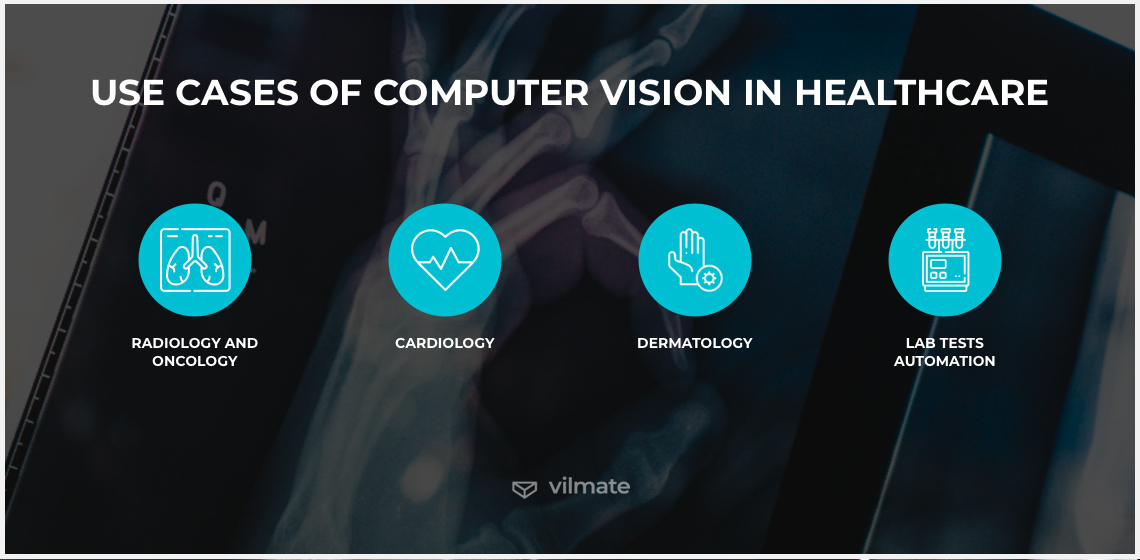
1. Radiology and oncology. Computer vision has broad application in healthcare but especially in the fields of radiology and oncology. The potential use cases include monitoring of tumor progression, bone fractures detection, and the search for metastases in the tissues. Breast cancer, lung cancer, leukemia, prostate cancer, and others are all malignancies that can be detected through computer-aided diagnosis. In particular, AI-powered solutions like IBM Watson Imaging Clinical Review are designed to augment radiologists and make the medical image interpretation cheaper, faster, and more accurate. They allow improving overall radiology department quality and providing patients with better and more reliable medical care.
2. Cardiology. Although deep learning is still developing and its applications for computer vision in the field of cardiology are limited, there are some ways in which CV can benefit the industry. The rapid adoption of automated algorithms for computer vision in radiology suggests the same is going to happen in other fields, too. Remarkably, the incorporation of AI into cardiology is happening in the form of:
- Vascular imaging
- Artery highlighting
- AI-aided echocardiographic views analysis
- Automated cardiac pathology and anomaly detection
- Automated analysis, diagnostics, and prognosis in cardiac CT
- Electronic segmentation and calculation of variables in cardiac MRI
As a result, patient groups with cardiovascular risk will be able to get improved care as physicians will be able to interpret more data in greater depth than ever before. Computer vision algorithms will unobtrusively assist physicians and enable broader characterization of patients’ disorders. As a result, they can potentially help plan early intervention in patients at high risk and lead to better treatment selection and improved outcomes.
3. Dermatology. Computer vision algorithms are being created to spot patterns in images and identify any visual signs of pathology that are crucial for diagnosis in the abovementioned fields of radiology and cardiology. Still, they have a broad application in dermatology as well. Dermatology is mostly about a visual inspection of the patient’s skin. And artificial intelligence has the power to enhance care.
High computer-aided diagnosis systems’ accuracy in dermatology can facilitate an expert decision-making process, leading to better treatment decisions. Specifically, computerized skin image analysis is leveraged for delivering personalized skincare (including skin treatments, makeup, facial creams and gels, humidity, etc.) for people based on their photos. It also has the potential to be used for the early detection of skin conditions, such as the diagnosis of skin cancer. There are techniques in computer vision that allow doing so. Besides, these methods are continually advancing, and there is a chance that in the future, computer vision will be part of routine dermatology treatment.
4. Lab tests automation. Cloud computing technology is also used for blood count, tissue cell analysis, change tracking, and other lab tests. Computer-vision powered blood analyzers either take images of blood samples or receive comprehensible input in the form of a picture of the already prepared slide containing a film of blood. As a rule, trained professionals take such images from a custom-designed camera attached to an ordinary microscope. Then, based on image processing and computer vision technologies, the system processes the input and automatically detects specific abnormalities in blood samples.
Conclusion
The healthcare industry is at the forefront of change and innovation. But there always remains a challenge of speeding up time to market for new products. Neither are there many companies that hold the resources to bring innovation like computer vision technology to the public. The legal red tape and research & development needs are among the most substantial pitfalls to computer vision adoption.
However, the technology offers terrific opportunities to healthcare professionals. It has the potential to enhance the medical workforce to deliver better care to patients and even save lives. And quite a number of startups around the globe are working to make the medical sector more collaborative and connected. So, in the future, we will see barriers removed one by one, and an increasing number of healthcare institutions deliver computer-vision enhanced services.
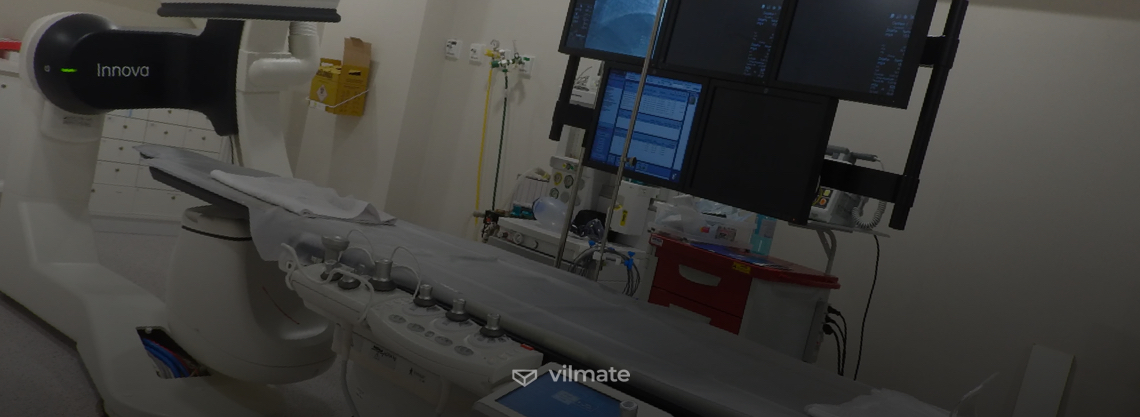
© 2020, Vilmate LLC

